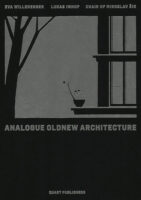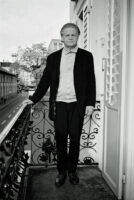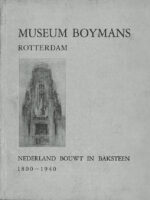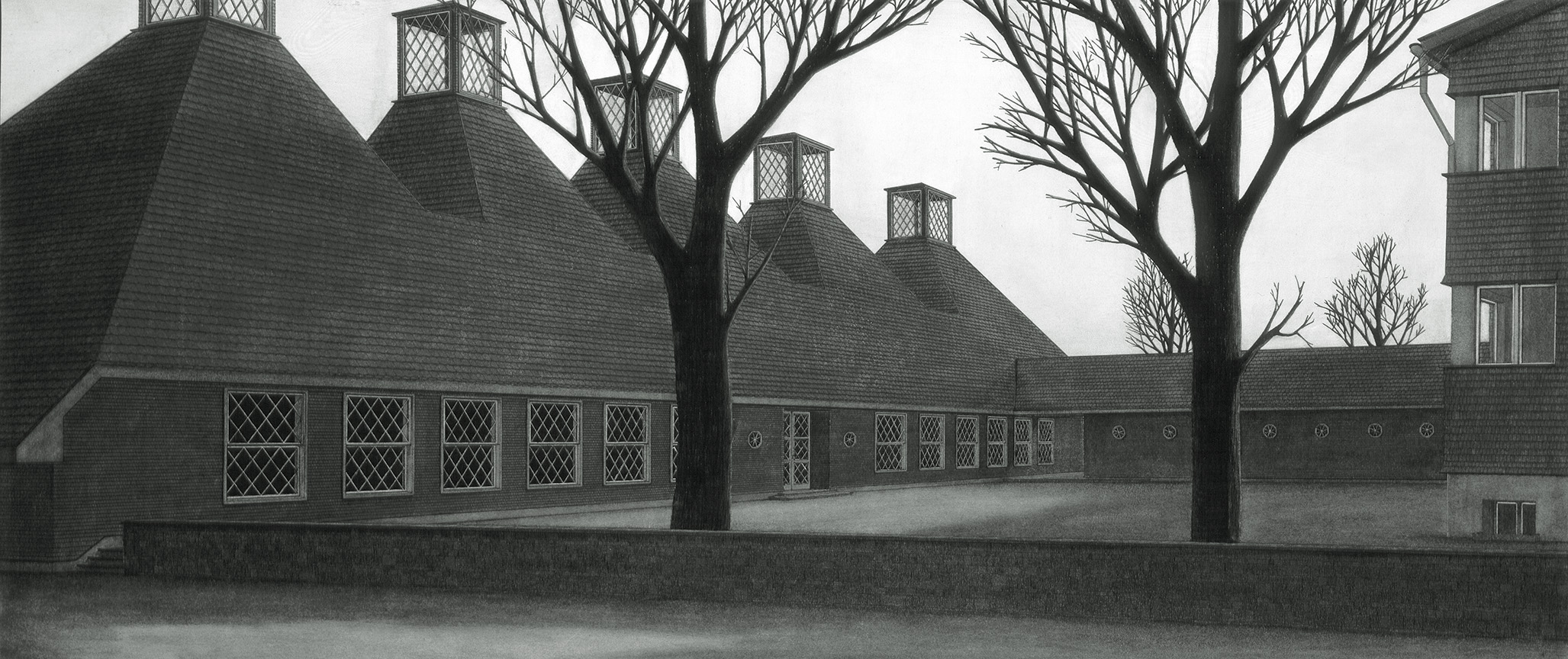Analogues!
Published as Timmermansoog-column on: Architectenweb, June 2018

 Analogen! Using that phrase, the Swiss mean to say something similar to those who talk about Brick Fundamentalists. This is about architects who don’t withdraw from the reality of the daily living-environment and its production. A lukewarm dish because without big ideas is the allegation. The practice-oriented attitude of the Analogen (the Analogues, we may say) is difficult to esteem within the bastions of academia and criticism. If not just derogative, the term also comes across as envious. Yet, just like the Brick Fundies, the Analogen do well in everyday design practice and, secretly, wear their by-name joyfully.
Analogen! Using that phrase, the Swiss mean to say something similar to those who talk about Brick Fundamentalists. This is about architects who don’t withdraw from the reality of the daily living-environment and its production. A lukewarm dish because without big ideas is the allegation. The practice-oriented attitude of the Analogen (the Analogues, we may say) is difficult to esteem within the bastions of academia and criticism. If not just derogative, the term also comes across as envious. Yet, just like the Brick Fundies, the Analogen do well in everyday design practice and, secretly, wear their by-name joyfully.
Miroslav Šik is the frontman of the Analogen and was, until 2018, professor at ETH Zürich. On the occasion of his retirement, a thick book on his education appeared. Šik supported his teaching with consciously openly-formulated neologisms – again not a proper ticket for academic recognition: the book is called Analoge Altneue Architektur.
At this farewell gathering, ETH’s Director, Philip Ursprung, succeeded in clarifying Altneue in an original way. Šik had never bothered to explain that didactic term to him, but one day, while waiting for the tram, he had let on that he liked to go to Liverpool when he was a young man, while himself studying at ETH. He was present at the first gigs of the Sex Pistols. Ursprung suggested that Šik felt comfortable with punk rock’s energetically communicated message of No Future – understood as a nickname for the pessimism of the grey mid-1970s. Today, we don’t regard punk anymore as a sombre, negative anti-movement; then, the suspicion of No Future – as well as Šik himself – was not directed against progress as such, but at the futuristic thinking which had caused Chernobyl, Bhopal, the cold war and other disasters.

Šik’s teaching in the eighties was indebted to the notion of the ‘analogous city’, formulated by his predecessor and teacher, Aldo Rossi. In the book, his former student and co-worker, Lukas Imhof, demonstrated that Šik elaborated that notion at the scale of the building. He did so by the empiric study of traditional sources and built references – that is, by analogies. For instance, he found examples in the Netherlands by architects like Frits Eschauzier and in the 1941 exhibition catalogue Nederland bouwt in baksteen (The Netherlands Build in Brick).
His first generation of students yielded prominent architects: Andrea Deplazes, Valerio Olgiati, Quintis Miller, Paola Meranta, Christian Kerez, Andreas Hild. Šik required these students to start by making enormous perspectival drawings of their designs in their location. These were labour-intensive studies in charcoal and chalk, often in desaturated colours. They were certainly no presentation drawings. It is better to speak of task definition, prepared with blood, sweat and tears, in which the materials of the buildings are part of them right from the beginning. Glass for instance, shows as it is in the misty, Alpine climate: indistinct or shiny, but rarely transparent.

In the last decade the step was made to computer rendering. References became less exotic. Commonly, students worked at housing projects in which practical givens such as budgets, safety, sustainability and construction technology were part of the task; during design development, off the shelf products were preferred. Šik demanded a self-evident synthesis of all these aspects of design. Here Šik touches the core of the architectural profession: the ability to transpose divergent types of information into a practical design.
At Šik’s farewell, Lukas Imhof told an anecdote. As a student he had not supplied his housing design with proper storage space and Šik asked him where the children’s boots and bike helmets were supposed to go. When Imhof did not manage to answer the question satisfactorily, Šik looked at him and said solemnly: ‘Lukas, you have to love the people’. At this point I understood the critics of the Analogen for, of course, the comment can easily be taken as lukewarm kitsch. For some time I did not understood how an erudite, accurately articulating man like Miro Šik engaged with such woolliness.
But what if we do not try to understand such statements for their normative content, but as a didactic gesture, as an expression of the show, don’t tell that belongs to upbringing and education? A lukewarm dish? At least, Šik’s positioning is courageous and politically charged to a degree that unfortunately has become unusual. And there is no eroticism without the lukewarm of body temperature.
The world is on the eve of investing extensively in the sustainability of its housing stock. If there is any desire for such investments to go beyond the ecological humdrum and to produce stable buildings and cities, then such everyday volume-building ought to be researched and developed further within the architectural domain. Here the Analogen have something important to say.
Literature
Miroslav Šik, Abschiedsvorlesung Altneue Analoge Architektur, ETH Zürich, 17 april 2018, https://www.video.ethz.ch/speakers/lecture/7b13fc81-8cfe-4606-aed1-831c520d5f4a.html
Eva Willenegger, Lukas Imhof, Professur Miroslav Šik, Analoge Altneue Architektur, Quart Verlag, 2018
D. Hannema e.a. (ed.), Nederland bouwt in baksteen 1800-1940, Museum Boymans, Rotterdam 1941
Miroslav Šik, Analoge Architektur, exhibition catalogue, Tomas Boga, 1987
Lukas Imhof, Professur Šik, Midcomfort, Wohncomfort und Architektur der Mitte, Ambra Verlag, 2013